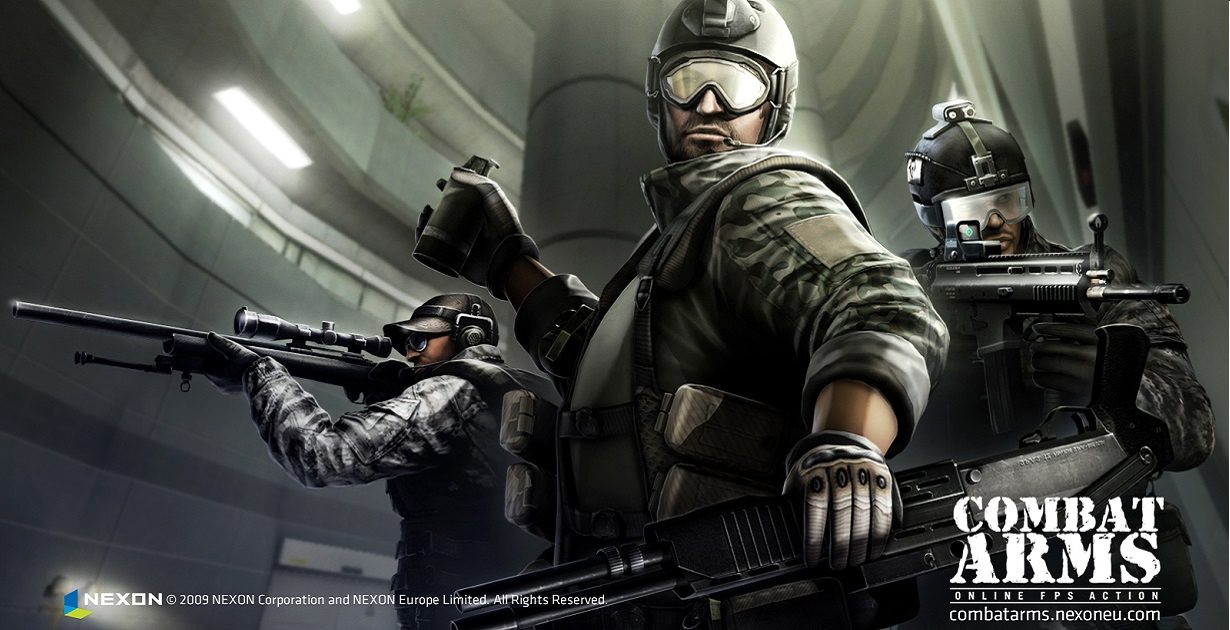
The first year of service is largely a time of training and carries particularly high risk for suicide attempts. The content, duration, and stressors associated with training vary considerably by occupation. The relevance of occupation extends well beyond exposure to combat-related stressors. CM can experience direct combat exposure while embedded with infantry units and are also directly exposed to the severe injury and death of soldiers they attempt to save. Combat medics (CM) are also of particular interest, as they serve dual roles as both soldiers and healthcare providers. Soldiers who successfully complete the rigorous selection process and training for SF may have unique characteristics that make them more resilient than other soldiers. Although SF is a branch of CA, it warrants distinct consideration. Special forces (SF) are elite, highly trained soldiers who engage in frequent, often unconventional warfare operations.

CA soldiers tend to be at high risk for posttraumatic stress reactions, suicidality, and other mental health problems relative to other military occupations. Soldiers with a combat arms (CA) occupation (e.g., infantry, airborne) have the highest likelihood of combat exposure, including frequent contact with enemy forces and increased risk of death and injury. A meta-analysis found that suicidal outcomes were more strongly associated with particular combat experiences (e.g., killing, exposure to death) than with deployment in general, suggesting that occupations characterized by direct combat exposure may have a higher suicide risk than other occupations. Deployment experiences vary substantially depending on a soldier’s military occupation. Research on military suicide has often emphasized the importance of deployment history, with mixed results. Although the Army has implemented a variety of screening and prevention programs, identifying soldiers at risk of suicide remains a significant challenge. Army soldiers increased substantially during the wars in Iraq and Afghanistan, with the rates of suicide death more than doubling from 2001 (9/100,000) through 2009 (22/100,000) and surpassing the adjusted civilian rate in 2008. Military occupation can inform the understanding suicide attempt risk among soldiers. Discrete-time hazard functions revealed that these occupations had distinct patterns of monthly risk during the first year of service.

In the first year of service, primarily a time of training, CM had higher odds of suicide attempt than both CA (OR = 1.4 ) and other occupations (OR = 1.5 ). Occupation was associated with suicide attempt in the first ten years of service, but not beyond.

CA and CM had higher odds of suicide attempt than other occupations if never deployed (ORs = 1.1–1.5) or previously deployed (ORs = 1.2–1.3), but not when currently deployed. In adjusted models, the odds of attempting suicide were higher in CA (OR = 1.2 ) and CM (OR = 1.4 ), but lower in SF (OR = 0.3 ) compared to all other occupations. Logistic regression analyses examined the association of combat occupation (combat arms, special forces, combat medic ) with suicide attempt, adjusting for socio-demographics, service-related characteristics, and prior mental health diagnosis. Using administrative data from the Army Study to Assess Risk and Resilience in Servicemembers (Army STARRS), we identified person-month records for all active duty Regular Army enlisted soldiers who had a medically documented suicide attempt from 2004 through 2009 ( n = 9650) and an equal-probability sample of control person-months ( n = 153,528). Risk may vary according to occupation, which significantly influences the stressors that soldiers experience.

Army suicide attempt rate increased sharply during the wars in Iraq and Afghanistan.


 0 kommentar(er)
0 kommentar(er)
